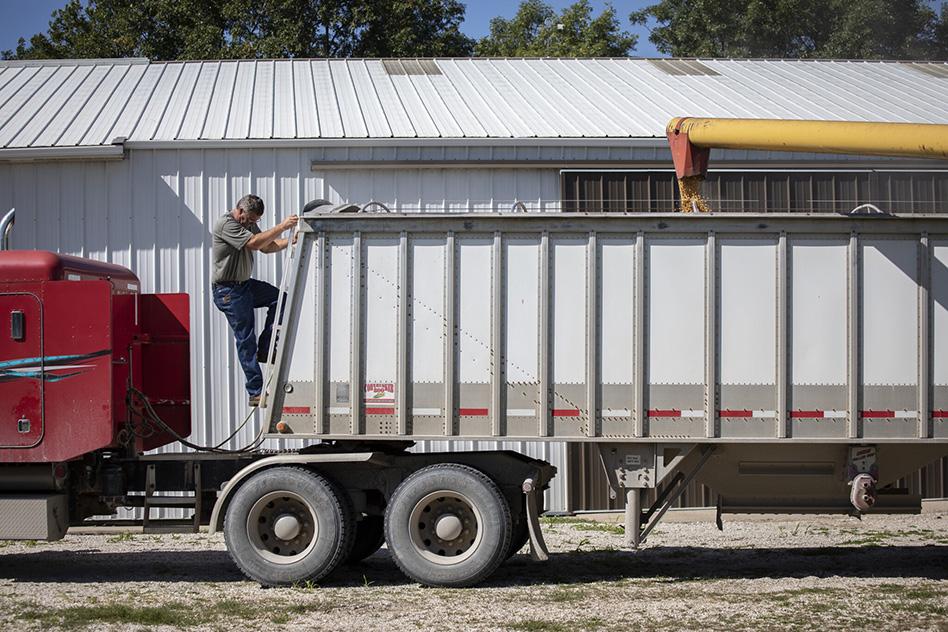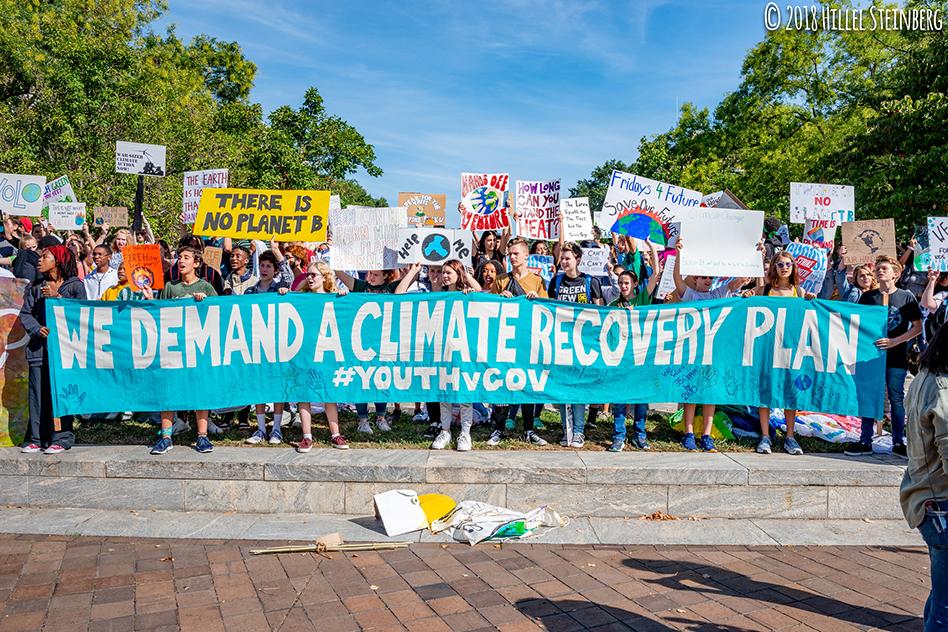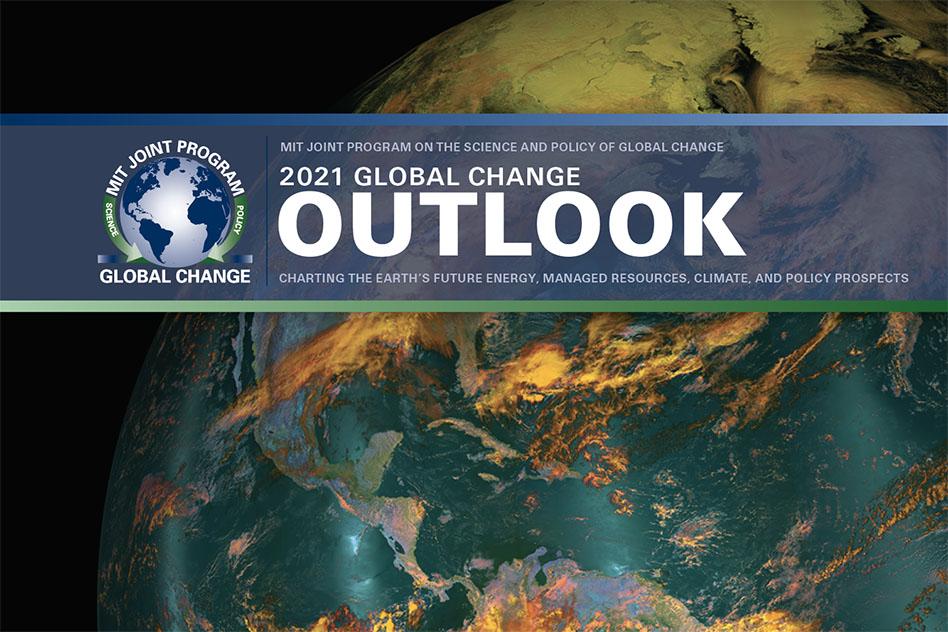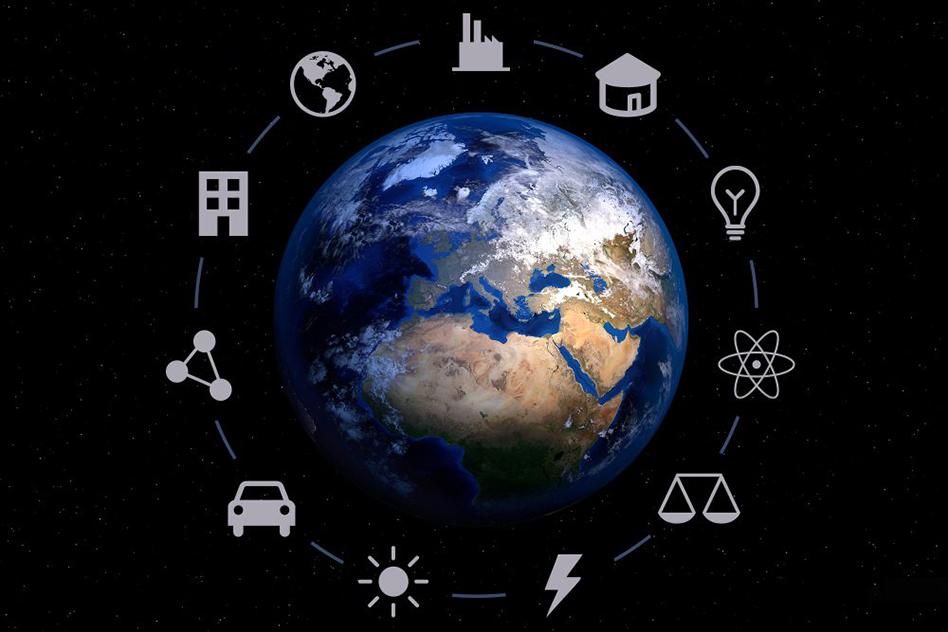News + Media

The computer-vision technique behind these maps could help avoid contrail production, reducing aviation’s climate impact
As Covid-19’s initial wave crested around the world, travel restrictions and a drop in passengers led to a record number of grounded flights in 2020. The air travel reduction cleared the skies of not just jets but also the fluffy white contrails they produce high in the atmosphere.

Faculty leaders discuss the opportunities and obstacles in developing, scaling, and implementing their work rapidly
Note: This is the first in a four-part interview series that will highlight the work of the Climate Grand Challenges finalists, ahead of the April announcement of several multiyear, flagship projects.

If wildfires become larger and more frequent, they might stall ozone recovery for years
The Australian wildfires in 2019 and 2020 were historic for how far and fast they spread, and for how long and powerfully they burned. All told, the devastating “Black Summer” fires blazed across more than 43 million acres of land, and extinguished or displaced nearly 3 billion animals. The...

Long touted as a renewable fuel emitting 20 percent fewer greenhouse gases than gasoline, ethanol’s emissions may be 24 percent higher. If verified, one expert said the finding shows ethanol failed spectacularly. (Inside Climate News)

Like many of its predecessors, the 2021 United Nations Climate Change Conference (COP26) in Glasgow concluded with bold promises on international climate action aimed at keeping global warming well below two degrees Celsius, but few concrete plans to ensure that those promises will be kept.

MIT Joint Program research scientists are co-investigators on one-third of the selected projects, with a focus on decarbonizing complex industries and preparing for climate extremes. (MIT News)
All-carbon buildings, climate-resilient crops, and new tools to improve the prediction of extreme weather events are just a few of the 27 bold, interdisciplinary research projects selected as finalists from a field of almost 100 proposals in the first MIT Climate Grand Challenges competition....

The MIT Joint Program uses MGHPCC computing resources to make projections of future risks to the sustainability of energy, food, water and climate systems under different policy scenarios (MGHPCC)
Geared towards enabling decision-makers in the public and private sectors to better assess environmental and economic risks, and the associated costs and benefits of potential courses of action, the program's 2021 Global Change Outlook report, prepared ahead of COP26, provides its latest...

MIT Joint Program Co-Director Emeritus John Reilly suggests some avenues for improvement (Associated Press, Washington Post)
NEW YORK (AP) — Many of the world’s largest companies are failing to take significant enough steps to meet their pledges to vastly reduce the impact of their greenhouse gas emissions in the decades ahead.

Joint Program Deputy Director Sergey Paltsev and other speakers call for rapid deployment of integrated strategies to meet global energy needs and mitigate climate change (MIT Energy Initiative)
KATHY SIRANOSIAN · FEBRUARY 3, 2022 · MITEI

Wellington, Schroders and others are taking a more activist approach to managing their environmentally-sustainable funds (Institutional Investor) (Additional coverage: Pensions & Investments)
A small, but growing number of asset managers that run environmentally-sustainable funds are no longer simply lobbying for incremental changes like better disclosure. Instead, they’re becoming much more active, engaging and pressuring firms to reduce their dependence on fossil fuels and...

